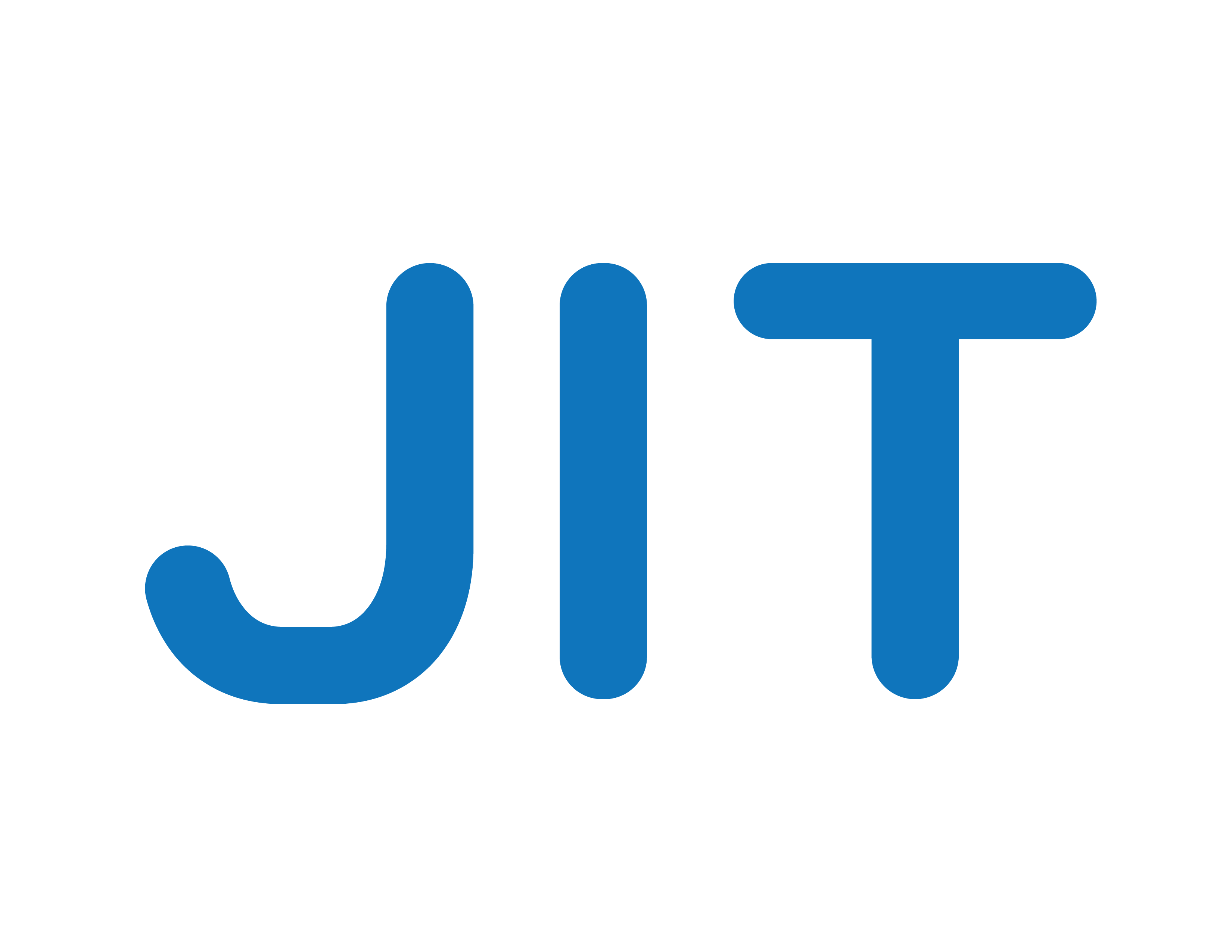Information for Authors
Journal of Applied Informatics and Technology (JIT) encourage submissions describing original works on any possible topic in informatics, technology, and other related areas, both from theoretical and empirical perspectives. Topics of interest include, but are not limited to, the following:
- Information Technology
- Computer Science
- Geo-Informatics
- Information Science and Management
- Digital Media
- Communication Arts
Interested in submitting to JIT journal? We recommend that you review the About the Journalpage for the journal’s section policies, as well as the Author Guidelines. Authors need to registerwith the journal prior to submitting or, if already registered, can simply log in and begin the five-step process.
Manuscripts of a maximum length of 15 pages should be submitted. This is a strict limit for submission. Note that authors should include figures, and tables embedded directly within the text of the paper submitted for review. This will assist with the reviewing process. Journal of Applied Informatics and Technology follows a double-blind review process. Authors are required to include their names and affiliations in their manuscripts, whereas reviewers are not visible to authors.
Journal Template
Please prepare your manuscript format using the MS-Word template that can be downloaded here
The article must include the name and surname, name of affiliation, and email of every researcher. The author’s name does not need to include a prefix, such as Assoc.Prof. Dr., or Professor. The title should not include special characters, symbols, or mathematical symbols. The abstract should summarize the contents of the whole information of the paper. The abstract text should not shorter than 200 words and should be no longer than 250 words. We would like to encourage you to list your keywords between 3 to 5 keywords.
In-Text Citation and Reference
Citations of published literature in the text should be given in APA in-text style. APA uses the author’s last name and the year of publication. All references mentioned in the Reference list must be cited in the text, and vice vera.
- One author: (Klingman, 1992)
- Two authors: (Chen & Li, 2001)
- Three or more authors: (Chen et al., 2001)
If the name forms part of a sentence, it should be followed by the year in parenthesis;
- One author: Klingman (1992)
- Two authors: Chen & Li (2001)
- Three or more authors: Chen et al. (2001)
The References section at the end of the manuscript should list all, only the references cited in the text in alphabetical order of the first author’s surname and no number in front of each reference. Titles of the journal or conference proceedings are not abbreviated. The following are examples of reference writing.
Reference to a journal article:
Chen, J. and Li, Y. (2006). Coal fly ash as an amendment to container substrate for Spathiphyllum production. Bioresource Technology. 97(1), 1920-1926.
Reference to article or abstract in a conference proceeding:
Klingman, L.A. (1992). Induction of floral bud in Lansium domesticum by different rates and times of application of chloroethyl phosphonic acid. Proceedings of the 5th Tropical Fruit Crop Symposium, Chiang Mai, Thailand, August 10-12, 1992, 231-236.
Reference to a book:
Perry, R.H. and Chilton, C.H. (1973). Chemical Engineers Handbook, McGraw-Hill, New York, U.S.A.
Reference to an edited book:
Day, P.R. (1965). Particle fractionation and particle size analysis. In Methods of Soil Analysis, C.A. Black, editor. Agronomy no. 9, Part 1. American Society of Agronomy, Madison, Wisconsin, U.S.A.
Reference to an electronic data source (used only when unavoidable):
USGS. (2008). Earthquake Search. United States Geological Survey. Retrieved 15 April 2008. Retrieved from http://neic.gov/neis/epic/epic.html.
Reference
Armstrong, T. S., et al. (2016). The symptom burden of primary brain tumors: evidence for a core set of tumor- and treatment-related symptoms. Neuro-oncology, 18(2), 252–260. https://doi.org/10.1093/neuonc/nov166
Back, M., Back, E., Kastelan, M., & Wheeler, H. (2014). Cognitive deficits in primary brain tumours: A framework for management and rehabilitation. Journal of Cancer Therapy, 5(1), 74-81. https://doi.org/10.4236/jct.2014.51010
Bunevicius, A., Tamasauskas, S., Deltuva, V., Tamasauskas, A., Radziunas, A., & Bunevicius, R. (2014). Predictors of health-related quality of life in neurosurgical brain tumor patients: focus on patient-centered perspective. Acta Neurochirurgica, 156, 367–374. https://doi.org/10.1007/s00701-013-1930-7
Cai, L., Gao, J., & Zhao, D. (2020). A review of the application of deep learning in medical image classification and segmentation. Annals of Translational Medicine. 8(11), 713. https://doi.org/10.21037/atm.2020.02.44
Chakrabarty, N. (2021). Brain MRI images for brain tumor detection. Retrieved 8 December 2022. Retrieved from https://www.kaggle.com/datasets/navoneel/brain-mri-images-for-brain-tumor-detection
Johnson, D.R., Sawyer, A.M., Meyers, C.A., O’Neill, B.P., & Wefel, J.S. (2012). Early measures of cognitive function predict survival in patients with newly diagnosed glioblastoma. Neuro-Oncology, 14(6), 808-816. https://doi.org/10.1093/neuonc/nos082
Mehdy, M.M., Ng, P.Y., Shair, E. F., Md Saleh, N.I., & Gomes, C. (2017). Artificial neural networks in image processing for early detection of breast cancer. Computational and Mathematical Methods in Medicine, 2017, 1-15. https://doi.org/10.1155/2017/2610628
Raza, S. (2021). Brain tumor detector. Retrieved 8 December 2022. Retrieved from https://www.kaggle.com/code/ saharraza/preprocessing/notebook.
Saisangchan, U., Chamchong, R., & Suwannasa, A. (2022). Analysis of lime leaf disease using deep learning. Journal of Applied Informatics and Technology, 4(1), 71-86. https://doi.org/10.14456/jait.2022.6 [In Thai]
If you encounter any problem during the paper submission process and cannot resolve it, please contact jit@msu.ac.th, olarik.s@msu.ac.th
